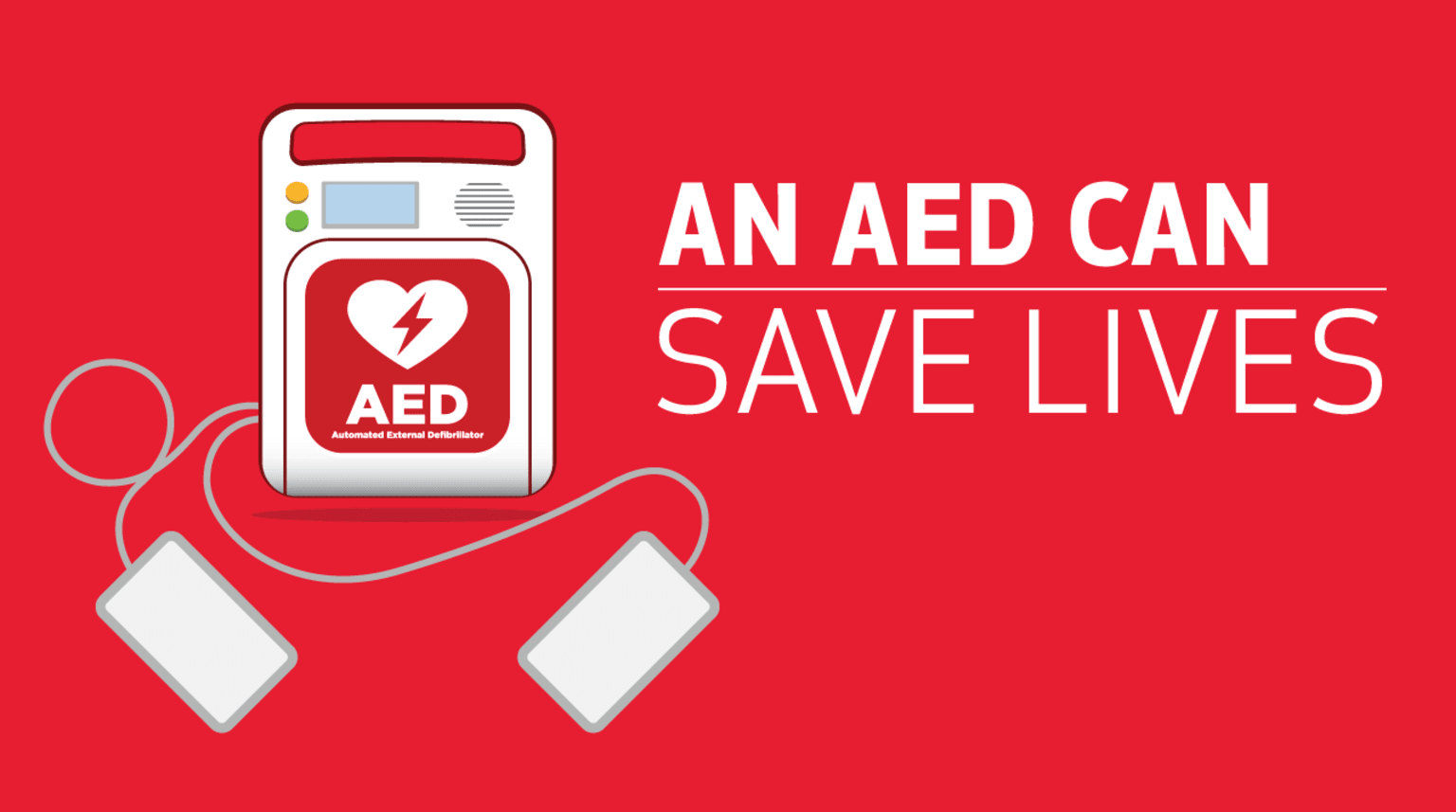
More and more leagues around the country are opting to make the investment, and own one or more Automated External Defibrillators (AEDs). While your league never wants to make use of the device, having an AED on hand for trained volunteers to use should definitely be a priority.
The devices can help to protect players’ lives too. As an example, a Little Leaguer® was struck in the chest by a ball when he was up to bat, resulting in commotio cordis (arrhythmia of the heart). The player’s life was saved, due in large part to his father’s training in cardiopulmonary resuscitation (CPR). That situation spurred the league to reassess its safety efforts and dedicate more time to training volunteers in First Aid and CPR, and raising the necessary funds to purchase an AED.
While such instances are fairly uncommon, learning from other leagues is a great way for your league to make informed decisions regarding safety. Make it a priority to search out ways to obtain an AED, and properly train your volunteers.
On the surface, AEDs may seem expensive. Yet, when considering the value of a life, the cost is a small price to pay for peace of mind. In ORWALL’s case, its two defibrillators were donated by a local hospital. Consider reaching out to your local hospitals. If that isn’t an option, consider contacting local businesses for donations or organize fundraisers.
Once your league has the funds in place, be sure to research the best options for obtaining an AED. Different brands of AEDs may have different requirements for purchase. The American Heart Association has a plethora of information online to help you decide which route to go.
Identify a central location for storing your AED allowing for quick and easy access. In an emergency, every second without using an AED reduces a person’s chance of survival by nearly 10 percent.
Finally, get trained. Seek training options for as many league officials and volunteers as possible. The American Heart Association offers training sessions in many locations around the country. Local healthcare providers may also be able to offer training.
It is also important to know and understand any local or state statutes that may be in place regarding AEDs. New York City is an example of where a law exists that requires youth baseball leagues to have an AED. Any municipal park were there are ball fields, requirtes an AED be on-site. In this instance, the City of New York also pays for each AED, and the training necessary to use it. In each of the five boroughs, local leagues are required to bring the device to every game and practice.
If you are ever faced with a situation when the use of an AED is necessary, it’s a comfort to know you have the resources to assist with trying to save a life. For information on AEDs, please visit the American Heart Association’s website, heart.org.